The internet used to be a place where only people with coding skills could create websites. You either had to learn HTML, CSS, JavaScript, or hire a developer (which wasn’t cheap).
But in 2025, things have changed, AI can now help you plan, design, build, and even deploy a professional website in a fraction of the time and cost.
Whether you’re a small business owner, freelancer, creator, or just someone who wants an online presence, you can launch a website using AI tools without ever touching code.
In this post, I’ll walk you step by step through:
- Planning your website with AI
- Designing your site using AI-powered design tools
- Writing content with AI that ranks on Google
- Building a fully functional site with no-code AI builders
- Deploying and hosting your site live
- Optimizing for SEO and performance
By the end, you’ll know exactly how to go from zero to a live website, powered almost entirely by AI.
Step 1: Plan Your Website with AI
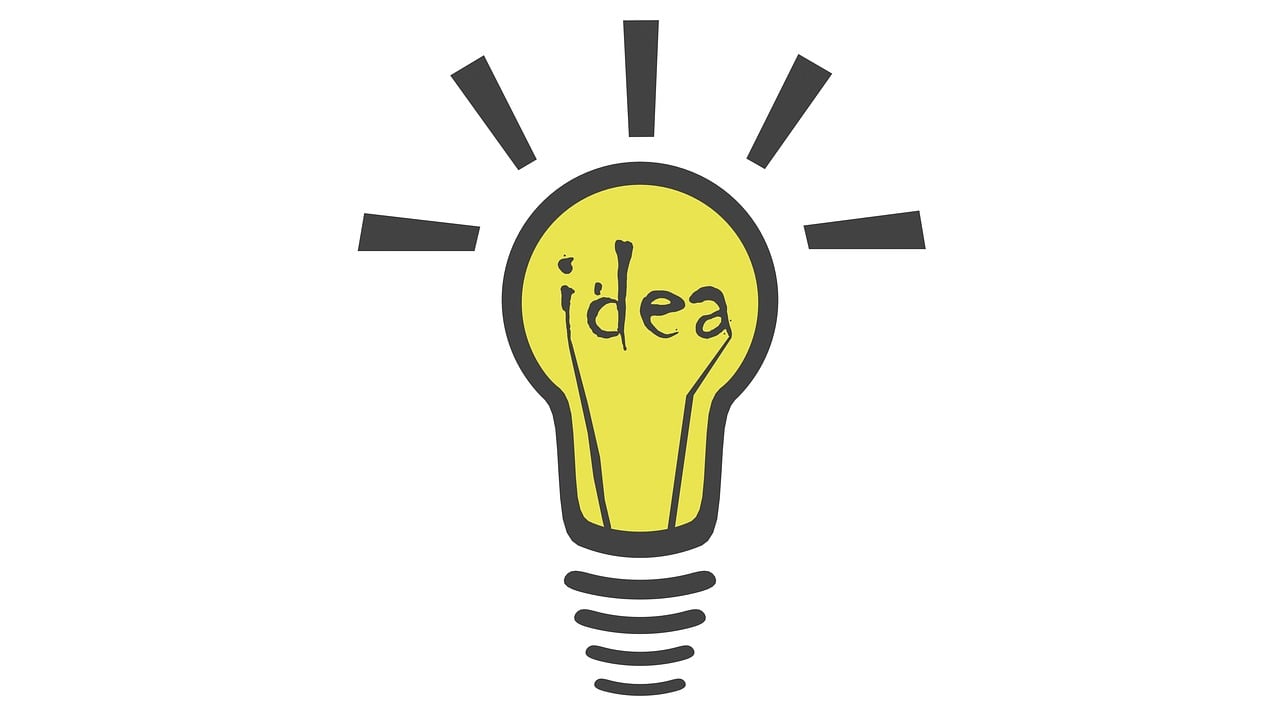
Every great website starts with a solid plan. Traditionally, this meant hours of brainstorming site structure, design ideas, and copy before even opening a design tool.
Today, AI makes this process faster, smarter, and more organized, helping you go from concept to actionable blueprint in minutes.
How to Use AI for Website Planning
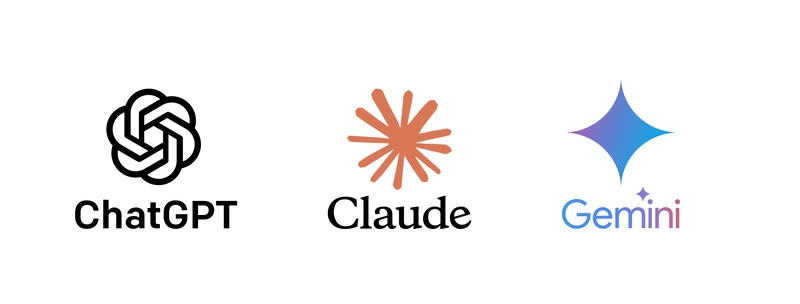
This follows just three simple steps:
- ChatGPT, Claude, or Gemini – These AI assistants can generate complete website blueprints tailored to your niche or business type. For example, you can prompt:
“Generate a sitemap and content plan for a freelance photographer’s portfolio website.”
Within seconds, AI provides a structured list of recommended pages, such as Home, About, Portfolio, Pricing, Blog, and Contact, along with suggested sections and content ideas for each page. - Notion AI – Perfect for organizing your ideas and turning them into actionable workflows. You can map out page layouts, blog post topics, branding concepts, and even content deadlines. Notion AI helps you keep everything structured so that your planning phase flows smoothly into the design phase.
- Mixo.io (AI Website Idea Generator) – If you’re starting from scratch, this tool lets you type in your business or personal project idea, and it instantly generates a website concept with pages and sections already outlined. It’s like having a design assistant who sketches the skeleton of your site before you lift a finger.
Spend some extra time defining your brand voice during the planning stage. AI tools like Copy.ai or Jasper can help you determine whether your tone should be professional, playful, minimalist, or bold.
A clearly defined voice ensures consistency across your headlines, page copy, calls-to-action, and even AI-generated visuals later on.
Step 2: Design Your Website with AI
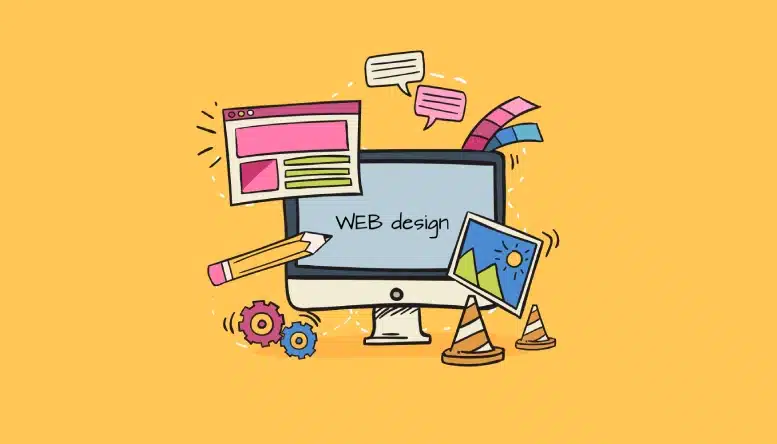
Good design can make or break a website. A clean, professional look not only captures attention but also builds credibility and trust with visitors.
The good news is that you no longer need to be a professional designer to create a polished site. AI-powered tools can generate layouts, logos, graphics, and even color schemes, making the design process faster and more accessible.
Some of the best tools to design your website with AI are:
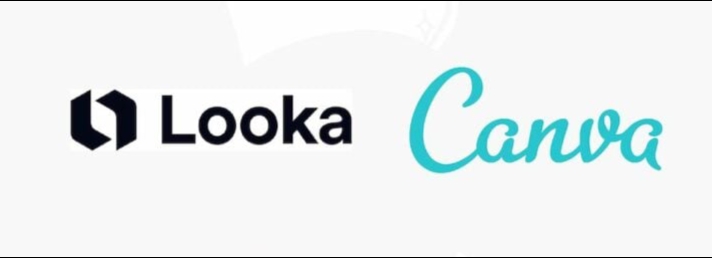
- Canva AI – Use Magic Design to generate entire web-style mockups in seconds. From hero sections to banners and graphics, Canva AI can create cohesive visuals that match your brand’s tone.
- Looka or BrandCrowd – AI-powered logo generators help you establish a professional brand identity quickly. Simply input your business name and style preferences, and these tools create multiple logo options that you can tweak to your liking.
- Uizard – Transform rough sketches or wireframes into fully designed website mockups. You can draw a rough layout by hand or use simple shapes, and Uizard will turn it into a polished digital design.
- Khroma or Colormind – Choose professional, visually appealing color palettes for your website. AI suggests combinations that work well together, saving you from trial-and-error and ensuring your brand looks cohesive.
Example workflow:
- Start in Uizard to create a wireframe of your homepage, defining sections like the hero banner, featured projects, and call-to-action buttons.
- Export the wireframe into Canva AI to generate branded graphics, banners, and hero images that match your layout.
- Create a logo using Looka or BrandCrowd, then save it along with your banners and hero visuals for later use.
- Use Khroma or Colormind to finalize your color palette, applying it consistently across all elements for a professional, cohesive look.
Simplicity wins. While AI can generate complex and flashy designs, clean layouts, clear typography, and intuitive navigation convert better.
Focus on user experience first, design should guide visitors naturally toward your content and calls-to-action.
This step matters because design is the visual representation of your brand. By combining AI tools, you can create a professional, cohesive, and attractive website without spending weeks learning design software.
This approach saves time and ensures your portfolio or business site looks modern and polished from the very start.
Step 3: Write Website Content with AI
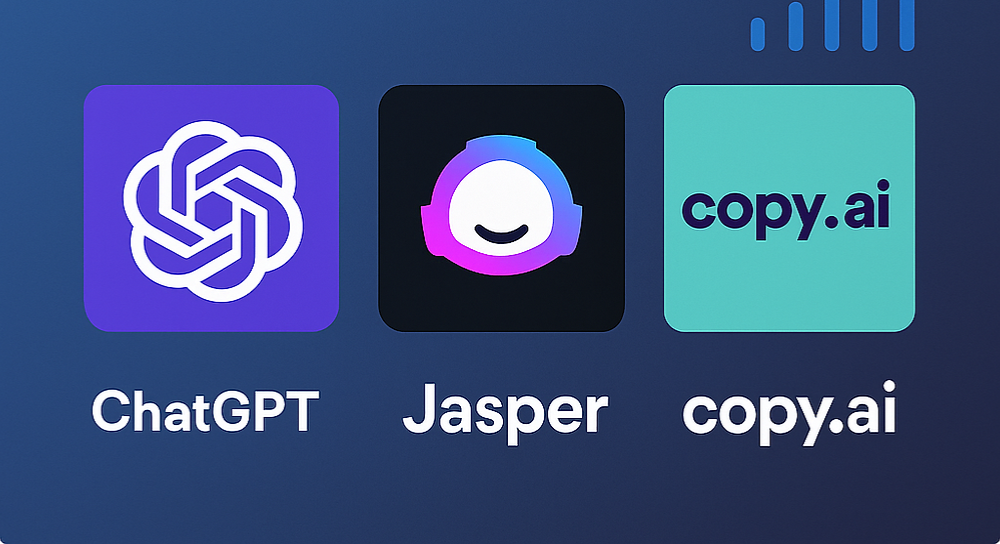
A beautiful website captures attention, but compelling content is what keeps visitors engaged and drives action.
Your copy needs to clearly communicate your value, resonate with your audience, and rank well on search engines.
AI writing tools make this faster and more efficient, generating polished drafts in seconds while giving you the flexibility to personalize them.
Some of the best AI tools for writing website content are;
- ChatGPT + SEO Plugins (AIPRM, SurferSEO) – Generate keyword-optimized landing pages, blog posts, and service descriptions. These tools help ensure your content is discoverable on Google while still sounding natural.
- Jasper AI – Designed for marketing copy that converts. Jasper can help craft compelling calls-to-action, persuasive headlines, and promotional text for services or products.
- Copy.ai – Ideal for creating attention-grabbing headlines, taglines, social media captions, and ad copy quickly.
The kind of content that you’ll need for your website are;
- Homepage Headline – Your opening statement should immediately tell visitors who you are, what you do, and the benefit they get. Example formula:
“Helping [audience] achieve [result] with [your product/service].”
AI can generate multiple variations so you can pick one that best represents your brand. - About Page – AI can draft a professional bio based on your background, skills, and unique story. Once generated, tweak it to sound authentic, reflecting your personality and tone.
- Service or Product Descriptions – Use AI to create SEO-friendly blurbs highlighting benefits, features, and outcomes. Structure each description to answer key visitor questions and demonstrate value.
- Blog Posts – Drive traffic and improve SEO with AI-generated, well-researched content. AI can suggest topics, create outlines, and draft posts that you can edit for accuracy and brand voice.
Don’t rely on AI copy verbatim. Google penalizes generic or thin content, and readers respond best to authenticity.
Edit AI-generated text to make it unique, add personal stories, examples, case studies, or client results. This not only improves SEO but also builds trust and credibility with your audience.
Step 4: Build Your Website with AI Website Builders
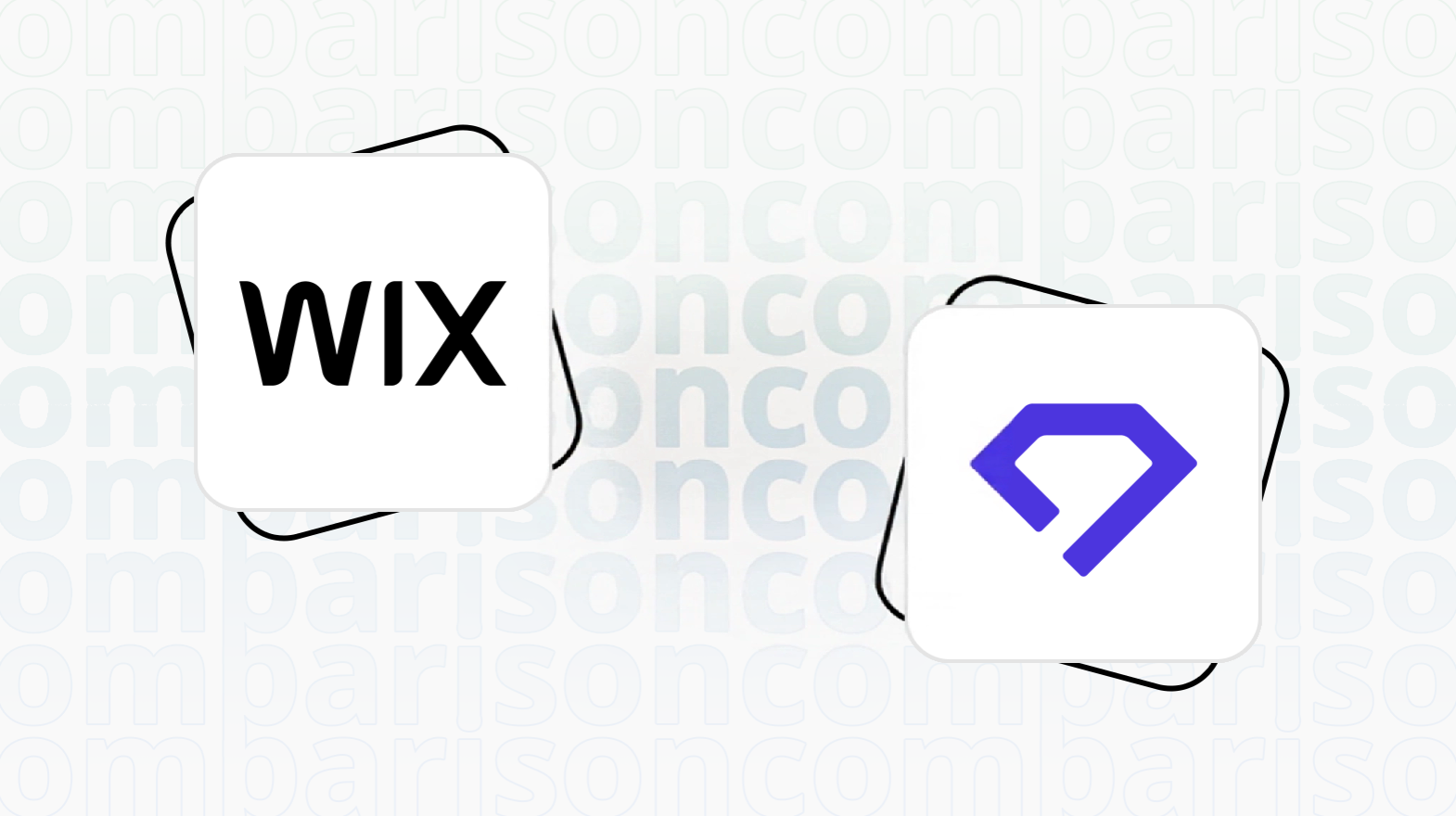
Now that your design and content are ready, it’s time to bring your website to life. Traditionally, building a website required coding skills or hiring a developer.
Today, AI-powered website builders make it possible to create fully functional, professional sites in minutes, no coding required.
Top AI Website Builders:
- Durable.co – Generates a complete website in as little as 30 seconds, including copy, layouts, and basic design. Ideal for small businesses or freelancers who need a quick online presence.
- Wix ADI (Artificial Design Intelligence) – Builds a custom website by asking a few questions about your business type, goals, and preferred style. It’s beginner-friendly and allows easy customization afterward.
- Bookmark AiDA – An AI-powered builder that adapts your website as your business grows. It automatically suggests improvements, layouts, and content based on your industry and website analytics.
- 10Web.io – Perfect for WordPress users. It can clone or rebuild websites instantly using AI, saving hours of manual setup and design work.
Example workflow:
- Start with Durable.co by entering your business idea. Within seconds, you get a one-page website automatically generated, complete with placeholder text and images.
- Import the design into Wix ADI or 10Web for additional customization, layout tweaks, and advanced features.
- Replace placeholder content with your AI-generated copy and visuals from Step 2 and Step 3.
- Adjust design elements, fonts, and colors to match your brand.
Choose your AI website builder based on your long-term goals, which could be any of the following;
- Blogs or content-heavy sites: WordPress with 10Web AI is best for scalability and SEO flexibility.
- Portfolios or small business sites: Wix ADI or Bookmark AiDA offer simplicity and speed without sacrificing aesthetics.
ALSO READ: How to Build a Personal Portfolio Website with AI in Under an Hour
Step 5: Deploy and Host Your Website
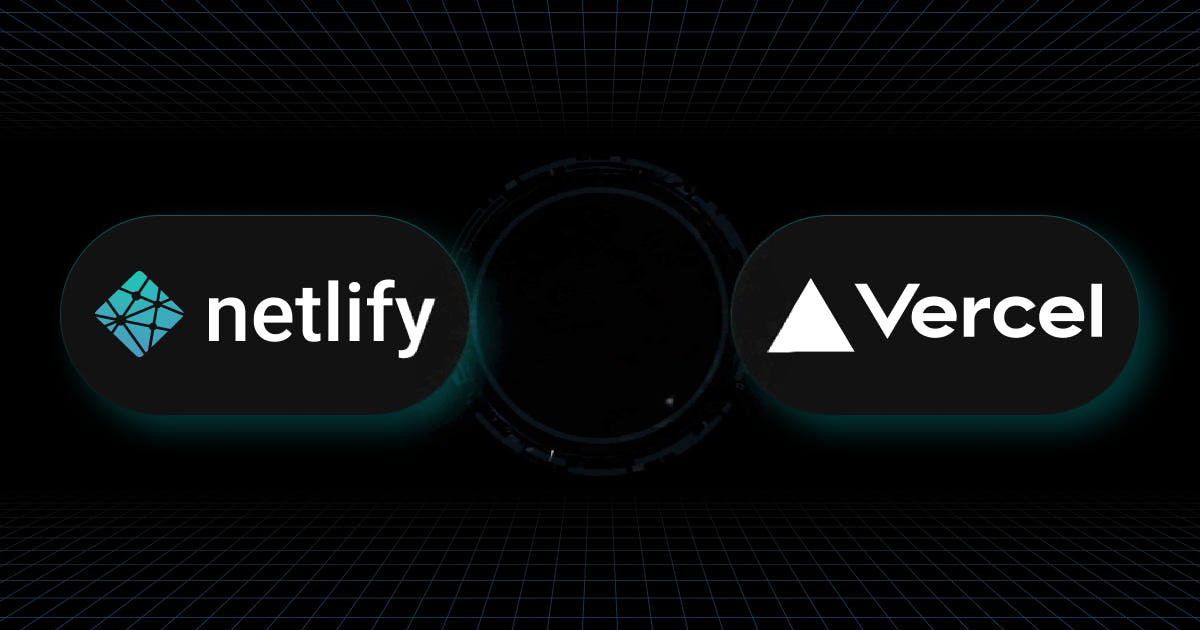
Once your website is built and fully customized, the next step is to make it accessible to the world.
Hosting and deployment used to be a complex, technical process, but AI tools have simplified it, allowing anyone to go live quickly and efficiently.
Some recommendable AI hosting & deployment tools are:
- Hostinger AI Website Builder – Combines hosting and an AI-powered website builder in one platform. Ideal for small businesses and portfolios that need speed and simplicity.
- Netlify AI – Automates deployment for static websites. It handles build processes, continuous deployment, and ensures your site updates automatically whenever you make changes.
- Vercel AI – Perfect for AI-powered applications and websites built with frameworks like Next.js. It provides fast, optimized hosting with automated scaling.
Steps to deploy your website:
- Buy a domain – Use services like Namecheap, Google Domains, or purchase directly through platforms like Wix or Hostinger. Pick a domain that is easy to remember, reflects your brand, and is SEO-friendly.
- Connect your domain – Link your domain to your website builder or hosting service. Most AI-powered platforms provide step-by-step instructions or automatic connection features.
- Publish your site – With a single click, your website is live and accessible worldwide. AI hosting platforms often optimize your site for speed and mobile responsiveness automatically.
- Monitor performance – Use AI-based uptime and performance monitoring tools such as Pingdom AI or New Relic AI. These tools track load times, downtime, and provide actionable recommendations to keep your site fast and reliable.
Choose a hosting platform that can grow with your website. If you plan to expand your site with blogs, portfolios, or e-commerce features, pick a solution that supports scalability, security, and fast loading times.
Step 6: Optimize for SEO and Performance with AI
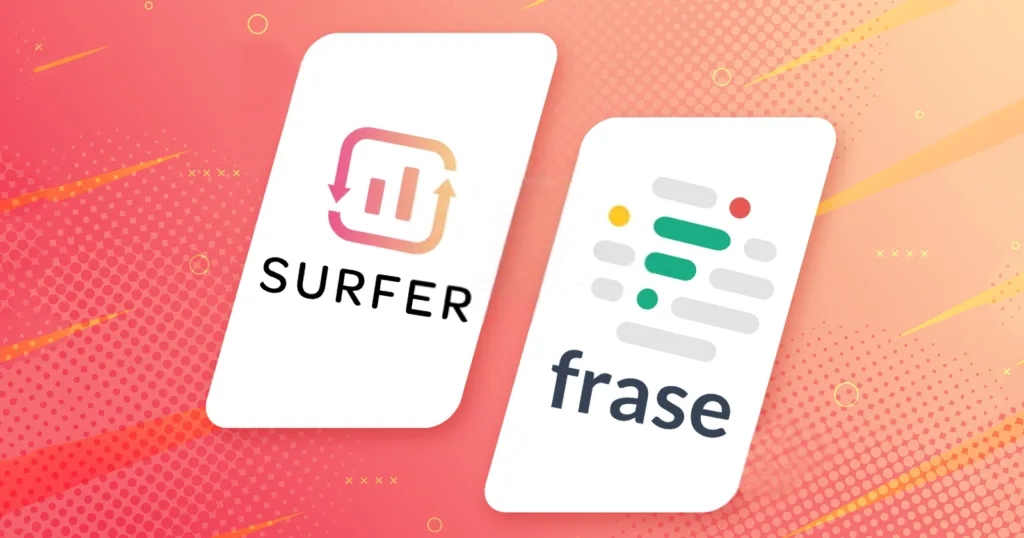
Building your website is just the first step. The real challenge, and opportunity, is getting traffic. AI can help you optimize both your content and your website’s performance, ensuring your site ranks higher on search engines and loads quickly for visitors.
Some SEO tools that have AI capabilities:
- SurferSEO – Analyzes top-ranking pages in your niche and provides real-time keyword suggestions, content structure guidance, and optimization tips to boost search engine visibility.
- Frase.io – Generates detailed SEO briefs for blog posts and landing pages. It helps you plan content around high-value keywords, suggested headings, and relevant topics.
- RankIQ – Helps bloggers and small businesses find low-competition, high-traffic keywords, making it easier to rank on Google without competing with huge brands.
Recommended AI tools to monitor the performance of your website:
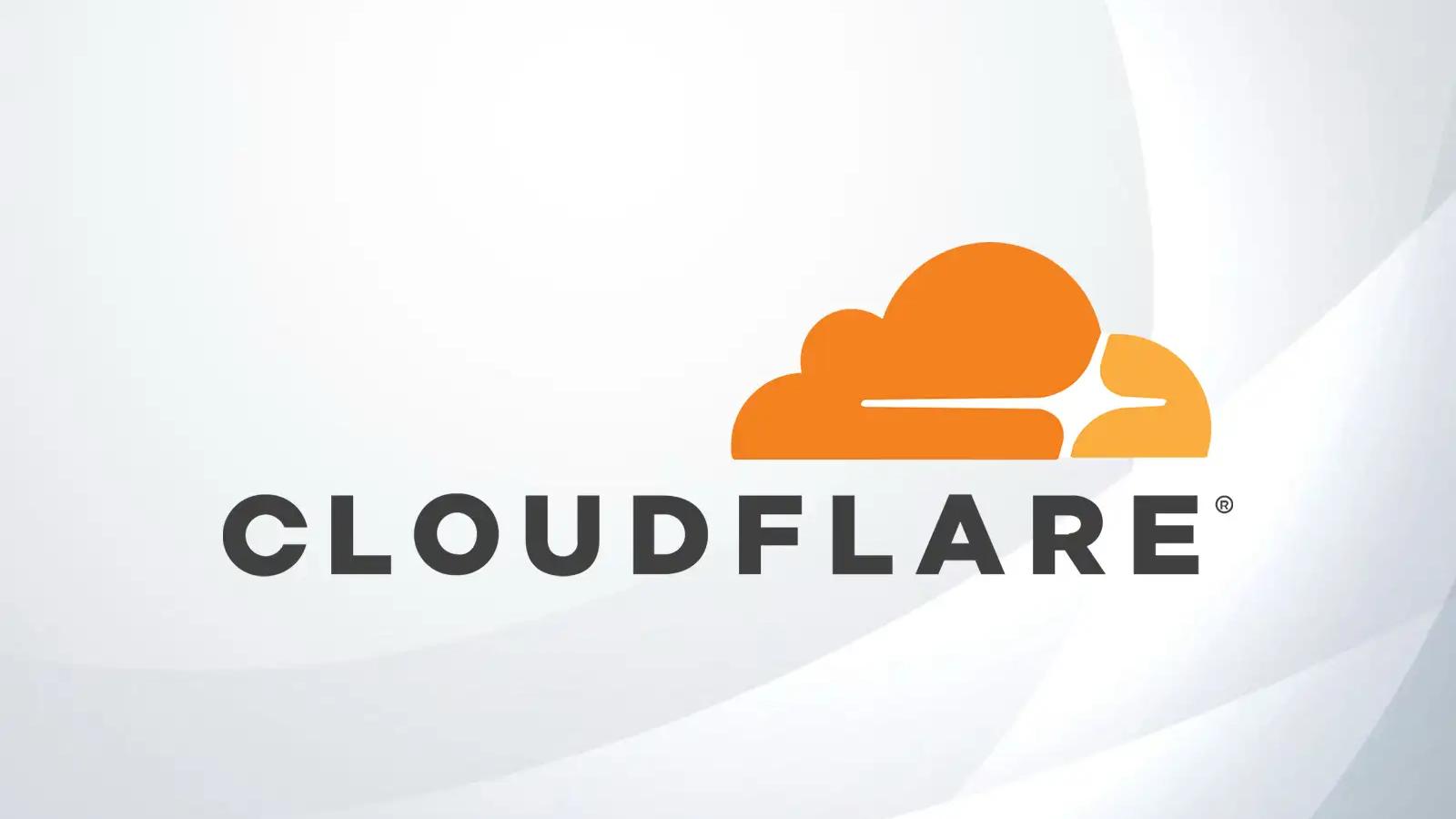
- NitroPack AI – Automates website speed optimization by compressing images, caching pages, and minifying scripts, ensuring your site loads quickly across devices.
- Cloudflare APO with AI rules – Secures and accelerates your website, reducing latency and improving global load times. It also protects against attacks and downtime, keeping your site reliable.
SEO is a long-term strategy. Use AI to generate weekly blog posts, landing page updates, and meta descriptions.
Consistent content creation, combined with performance optimization, gradually builds authority and attracts organic traffic.
Even the most beautiful website won’t succeed if no one sees it. Optimizing for SEO ensures search engines understand your content, while performance tools improve user experience and reduce bounce rates.
With AI, you can maintain a technically sound, fast, and discoverable site without spending hours manually analyzing keywords or tweaking speed settings.
Final Thoughts
The truth is, building a website is no longer a weeks-long project. With AI, you can:
- Plan your site in minutes
- Design like a pro without Photoshop
- Write SEO content that ranks
- Build and deploy without coding
- Scale with automation tools
Instead of spending thousands on developers, you can launch a polished, functional site in under 24 hours.
AI isn’t here to replace creativity, it’s here to supercharge your ideas and help you move faster.
If you’ve been waiting for the “perfect time” to launch your website, this is it. With AI tools, you have everything you need at your fingertips.





